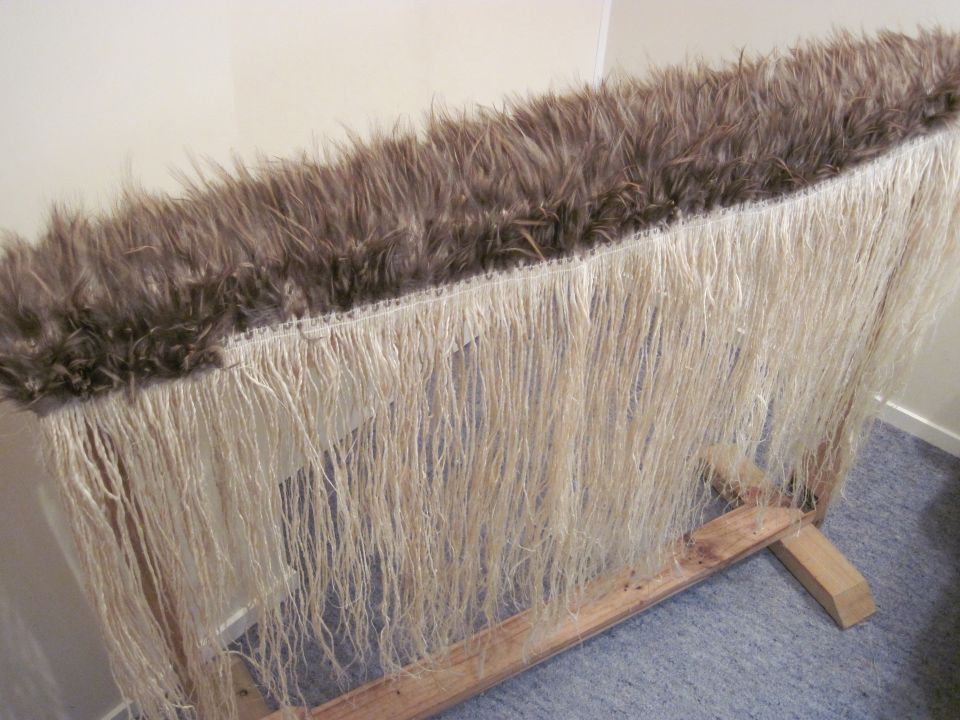You can contact LEARNZ, part of CORE Education, at:
Postal Address:
PO Box 13 678,
Christchurch 8141,
New Zealand
When Māori arrived in Aotearoa they gave kiwi its name.
Many traditions say kiwi is the eldest child of Tāne-mahuta, who created plants and birds. Humans are also relatives of Tāne-mahuta, so kiwi are our elder brothers and sisters and offer us protection.
Many Māori are actively involved as kaitiaki of kiwi, using traditional knowledge about the bird to protect and restore populations in their rohe. The special relationship between iwi taketake and kiwi has been formally recognised as part of the Treaty of Waitangi settlement claims for a number of iwi and hapū.
Māori sometimes hunted kiwi for meat, skin and feathers. Special chants and rituals took place before a kiwi hunt began. This is because kiwi are under the special protection of Tāne-mahuta, god of the forest.
To cook them, birds were preserved in their fat and steamed in a hāngī.
Māori used kiwi feathers for chiefly ceremonial cloaks called kahu-kiwi.

Kahu-kiwi are nearly always named and are great taonga usually reserved for chiefs. They carry the wairua of the birds themselves.
Today, feathers are gathered from kiwi that die naturally or through road accidents or attacks from predators.
Tokoeka is the Ngāi Tahu name for kiwi, meaning ‘weka with a walking stick’.